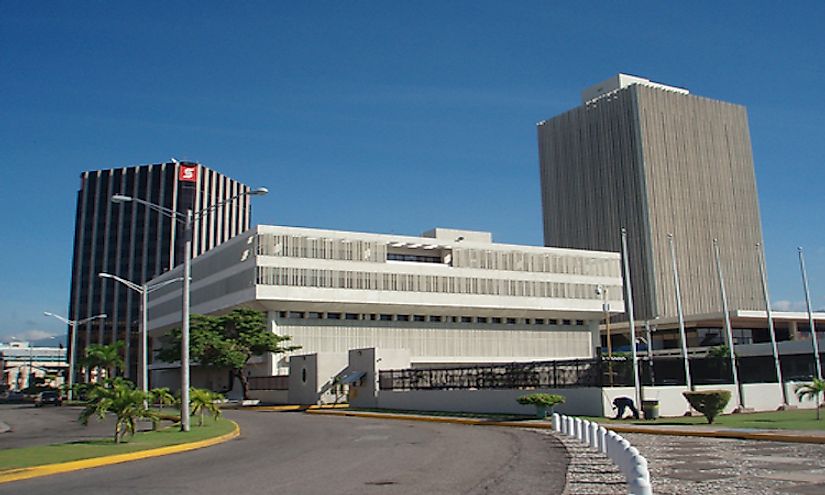The Economy Of Jamaica

Overview Of The Economy Of Jamaica
Jamaica is considered an upper middle-income nation. For a long time, it has struggled with global economic shocks, low growth, and high public debt that have weakened the economy. The past three decades, Jamaica has experienced a slow growth at an average of 1% per annum, making it one of the slowest growing nations in the world. By 2012, the public debt had accumulated to 145% of the GDP. The World Bank and the IMF have speared headed efforts to recover the Jamaican economy by injecting millions of dollars into the economy, a change of government in 2016 has helped to consolidate the efforts when the government formed the Ministry of Economic Growth and Job Creation that is headed by the Prime Minister. The economy of the state largely depends on natural resources, agriculture, tourism, and bauxite-aluminum.
Leading Industries Of Jamaica
Tourism is the country’s top earner and earns the country more than 50% of the total foreign exchange and accounts for one-fourth of the total employment. The country also depends on natural resources, particularly bauxite-aluminum. By 1998, Jamaica was ranked the third globally among countries that produce bauxite and alumina accounting for 10% of the global production and 4.1% of the country’s GDP. Other minerals mined in the state include gypsum, limestone, silica and marble. The state’s agriculture industry accounts for one-twentieth of the total GDP and accounts for one-sixth of the workforce. The main agricultural production includes sugarcane, oranges, coconuts, and bananas.
Jamaica's Imports, Exports, And Trading Partners
Jamaica ranks 144th in the world economic order and it the 73rd most complex economy. In 2014, the state exported $1.43B and imported $ 5.8B. The balance of the trade for the year was -$4.38B. The GDP for the year was $13.9B, and the per capita GDP was $8,800. Aluminum Oxide and Aluminum Ore were the largest exports earning the country $626M and $127M respectively. Refined petroleum generated $101M, Rum $64.4M, and unprocessed sugar made $55.6M.
The state’s $5.8B imports made it the 128th largest imported globally. In five years, from 2009 to 2014, the imports increased at a rate of 2.9% per annum. The largest imports were refined petroleum ($1.2B), Petroleum Gas ($99M), Cars ($165M), and Crude Petroleum ($598M).Refined and crude petroleum accounted for approximately 30% of the state's total imports. The United States was Jamaica’s largest importer at ($383M), Canada, the UK, Russia and the Netherlands also accounted for the country’s exports. Most of Jamaica’s imports originated from the United States ($2.2B), Venezuela, China, Trinidad and Tobago and Mexico.
Challenges Faced By The Economy Of Jamaica
The greatest challenge facing the country public debt caused by a negative balance of payment. The states public debt according to the World Bank is 145% of the state's GDP. The unemployment level is also high at 13. 7%, 29.2% of youths and 18.6% of women are unemployed. Although the poverty level dropped by 20% over the past two decades, it rose by 8% after the 200* global financial crisis. The high unemployment and poverty rate has led to increase in crime and violence in the country.
Future Economic Plans
By 2012, the public debt had accumulated to 145% of the GDP. The World Bank and the IMF have speared headed efforts to recover the Jamaican economy by injecting millions of dollars into the economy, a change of government in 2016 has helped to consolidate the efforts when it formed the Ministry of Economic Growth and Job Creation that is headed by the Prime Minister.











